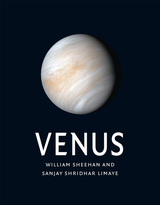
This book is a new, beautifully illustrated account of Venus, taking in the most recent research into this mysterious, inhospitable world. The book looks at the history of our observations of the planet, from early astronomy to future space missions, and seeks to shed light on many of the questions that remain unanswered, such as why Venus and the Earth—so similar in size and mass—evolved in such different directions, and how Venus acquired its dense carbon-dioxide atmosphere. Above all, Venus assesses whether life might have escaped from the oven-like temperatures at the surface and evolved to become perpetually airborne—in which case Venus may not be lifeless after all.
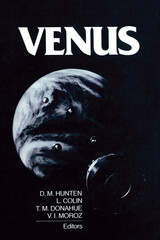
"The book contains the results of the exploration of Venus by spacecraft during the period 1962-1978. . . . The book represents an excellent review of the principal results of Venus in the period covered."—Bulletin of the Astronomical Institute of Czechoslovakia
"A wealth of new information."—Science
"Strongly recommended."—Science Books & Films
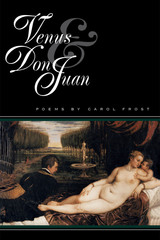

The three works in this volume offer a rich representative sample of Thompson's writing. The two novels—Venus in Boston and City Crimes—depict the American city as a place of dark mystery, bawdy humor, and near-universal corruption peopled with con artists and criminals of all kinds. In each novel, a complex narrative structure interweaves multiple stories of exploited labor, abuse of power, seduction, intrigue, and crime. Thompson's autobiography, My Life, presents the author's life in terms nearly as lively as his fiction.
Thompson's zestful, unconventional writings fly in the face of the stereotypical view of Victorian America as straitlaced and sentimental. Ideal for use as a classroom text, this new edition includes a scholarly introduction and an extensive bibliography.
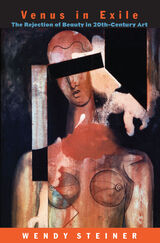
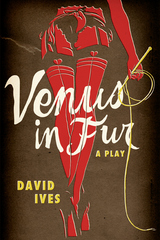
A young playwright, Thomas, has written an adaptation of the 1870 novel Venus in Fur by Leopold von Sacher-Masoch (after whom the term “masochism” was coined); the novel is the story of an obsessive adulterous relationship between a man and the mistress to whom he becomes enslaved. At the end of a long day in which the actresses Thomas auditions fail to impress him, in walks Vanda, very late and seemingly clueless, but she convinces him to give her a chance. As they perform scenes from Thomas’s play, and Vanda the actor and Vanda the character gradually take control of the audition, the lines between writer, actor, director, and character begin to blur. Vanda is acting . . . or perhaps she sees in Thomas a masochist, one who desires fantasy in “real life” while writing fantasies for a living.
An exploration of gender roles and sexuality, in which desire twists and turns in on itself, Venus in Fur is also a witty, unsettling look at the art of acting—onstage and off.
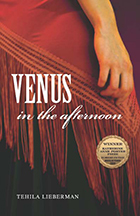
READERS
Browse our collection.
PUBLISHERS
See BiblioVault's publisher services.
STUDENT SERVICES
Files for college accessibility offices.
UChicago Accessibility Resources
home | accessibility | search | about | contact us
BiblioVault ® 2001 - 2025
The University of Chicago Press









